While Google works to bring a polished Glass device to market, wearables startup Innovega is taking head-mounted displays a step further: contact lenses that interact with full HD glasses.
Category: augmented reality – Page 65
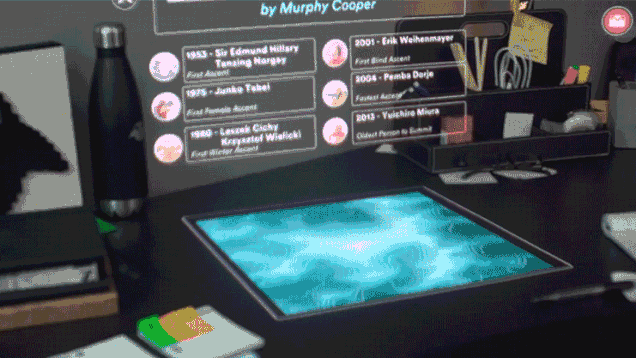
Magic Leap’s Latest Demo is Like Tripping Balls
VERY nifty!
Wired just published a giant feature on Magic Leap, the lavishly-funded, and very secretive mixed reality startup that we know almost nothing about. Professional thoughtfluencer Kevin Kelly got impressive access to the startup and reveals some new details about what the hell they’re doing. There’s a headset! And it is capable of what you see in the video above, which is like tripping, if LSD made you hallucinate your calendar.
The demo, which Magic Leap just posted to YouTube, is a look at what your morning might be like if you’re living in the company’s mixed reality future. It’s not a very lofty future, but I daresay it’s a useful one. Though I’ve never had a morning in which I intensely study topographical maps of Everest or ethereal jellyfish, it is nice to have a clean heads-up display in front of your face, full of notifications and information. The graphics are very high fidelity—especially compared to Magic Leap’s mixed reality cousin, Microsoft HoloLens.
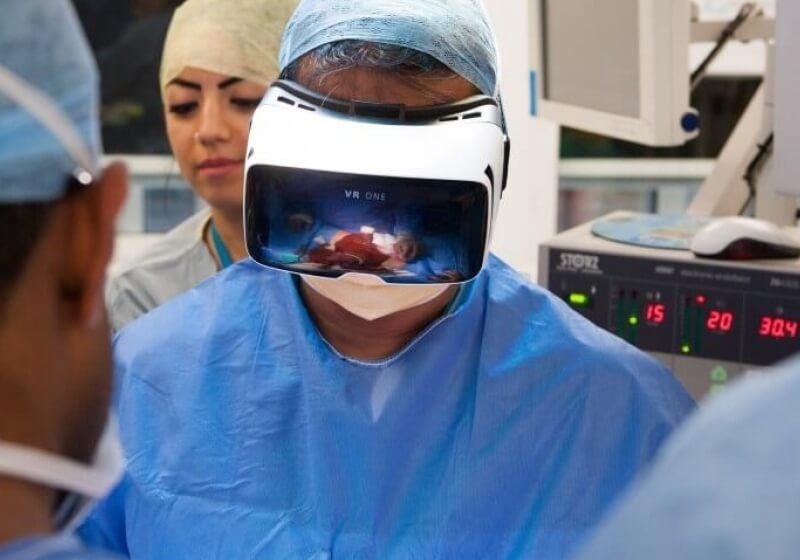
Watch a live surgery take place in virtual reality on April 14th
Hmmm; not sure if I can watch given my tolerance level of seeing blood.
Cutting-edge technology has a way of snaking itself into the medical field. Over the past few years, for example, we’ve seen 3D printers used to create prescription medication, prosthetic limbs, casts, replacement bones, homemade cosmetic braces and even cartilage implants.
Now, we’re beginning to see some of the ways that virtual reality will impact modern medicine with a company by the name of Medical Realities leading the way.
Co-founded by Dr. Shafi Ahmed, Medical Realities is a medical training firm that specializes in virtual reality, augmented reality and serious games using consumer-level devices like the Oculus Rift. In just a few days, he and his team of medical professionals will be livestreaming the removal of a tumor from the colon of a man in his 70s.
US spy planes use AR software above major US cities and ‘target Muslim areas’
Interesting
The software can be used by pilots to superimpose information onto pilots’ screens as they circle above areas, which include one San Bernardino mosque after the shooting last year.
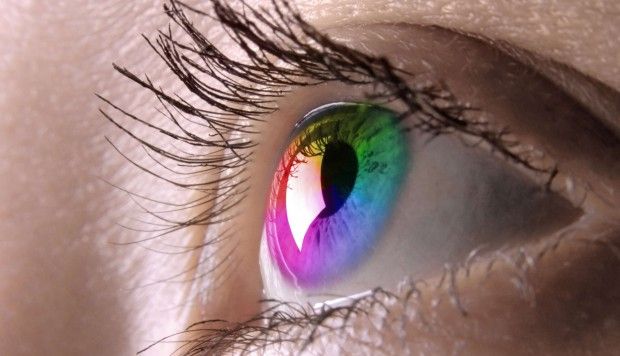
Samsung is developing a contact lens camera, triggered by blinking, that can also project images into the eye
Samsung is exploring the development of a contact lens that can project images directly into the users’ eye, take photographs and connect wirelessly to a smartphone, a patent application has revealed.
The South Korean copyright authority has published a 29-page application made by the consumer electronics firm two years ago, reported the technology blog Sammobile, offering a rare insight into a science fiction vision of a future technology that could be closer than we think.
The lens could overlay internet-connected services directly into the user’s line of sight, in an example of what is known as augmented reality. It could also discreetly – even covertly – take photographs. The device would be controlled by eye movements or blinking, according to the patent, and it would connect with a smartphone.

BMW opts to incorporate HTC Vive VR headsets and mixed reality into the development of new vehicle models. Computer images instead of laboriously constructed draft models: greater flexibility, faster results and lower costs
Munich. BMW has become the first car manufacturer to introduce a mixed reality system into vehicle development that has been devised entirely using components from the computer games industry. This offers some significant advantages over the VR systems that have existed to date, and is the first step towards making virtual reality a very real part of many developer workstations in the not-too-distant future.
The adoption of this computer system makes it possible to save a great deal of time and effort, especially during the early stages of development. VR investigations could previously only be conducted at costly specialised facilities. By incorporating consumer electronics, the developers gain an unprecedented degree of flexibility, because any modifications can be implemented and tested very quickly. In addition to this, developers around the globe will be able to take part in the decision-making process from their own office without having to travel too far. Only once the draft designs have been approved with the help of the 3D headsets will they actually be built for further testing.
BMW has been employing VR systems in the development process since the 1990s. It is now reaffirming its pioneering status by systematically implementing technology from a sector which has not previously been the focal point of industrial applications. Since this spring, components from the computer games industry have been allowing engineers and designers to immerse themselves more and more often in virtual worlds that are increasingly realistic. The shorter innovation cycles of consumer electronics result in a far wider scope of functions together with lower costs. This thereby enables more vehicle functions to be translated to a VR model in ever more realistic fashion. It is furthermore possible to scale the system to many different developer workstations with little effort.
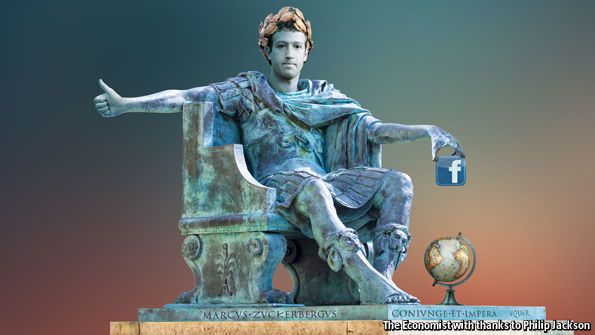
Imperial ambitions | The Economist
“The scale of Facebook’s ambition, and the rivalries it faces, reflect a consensus that these technologies will transform how people interact with each other, with data and with their surroundings.”
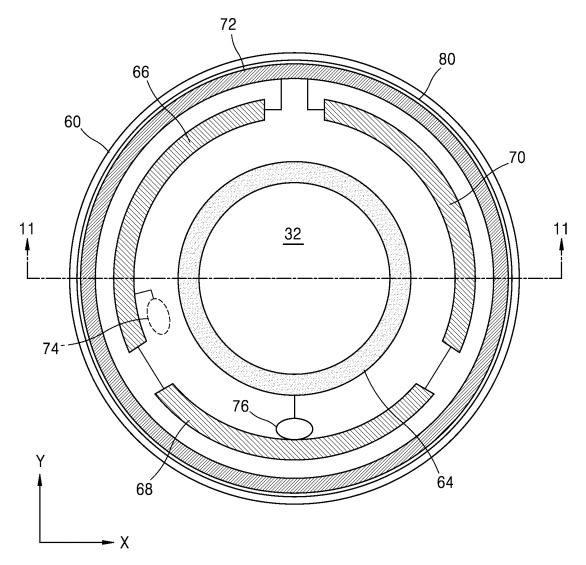
Samsung Files Patent For Augmented Reality Smart Contact Lenses
Samsung’s dream of creating smart contact lenses capable of capturing images and shooting videos has just drawn closer. However, the patent reveals that Samsung has been working on the concepts and not necessarily the actual product which they trademarked as Gear Blink, which was filed in both South Korea and the U.S.
‘The analysis component of the contact lens can process the raw image data of the camera to determine processed image data indicating that the blind person is approaching intersection with a crosswalk and establish that there is a vehicle approaching the intersection’. It could very well be a smart contact lens. It’s a contact lens that consists of a small display, camera, RF antenna, and sensors to detect eye movement.
SamMobile states that the “lenses can provide a more natural way to provide augmented reality than smart glasses”. While the display projects images directly into the eye of the person wearing the contacts, an external device like a smartphone is needed for processing.
Microsoft’s ‘holoportation’ tech could be key to supplanting phones
A few months ago; it was announced that Smartphones will be a thing of the past within the next 5 years. Luv it AR & VR with an earpiece for communications.
This is getting freaky…
http://www.extremetech.com/extreme/225779-holoportation-coul…martphones
![Click this image to show the full-size version. [IMG]](https://lifeboat.com/blog.images/microsofts-holoportation-tech-could-be-key-to-supplanting-phones2.jpg)

Sydney’s Future Zoo Wants To Use Augmented Reality, Robots And Drones
Western Sydney University (WSU) and Sydney Zoo are collaborating with the goal to deliver “one of the most technologically advanced wildlife experiences in the world” with the assistance of a hackathon.
Speaking with Gizmodo Don Wright, Manager of WSU’s “Launch Pad” program and Zoo Hackathon Coordinator, revealed the possibilities for technology use within the zoo. We’re talking everything from augmented reality to cheetahs chasing drones.
Image: Shutterstock.